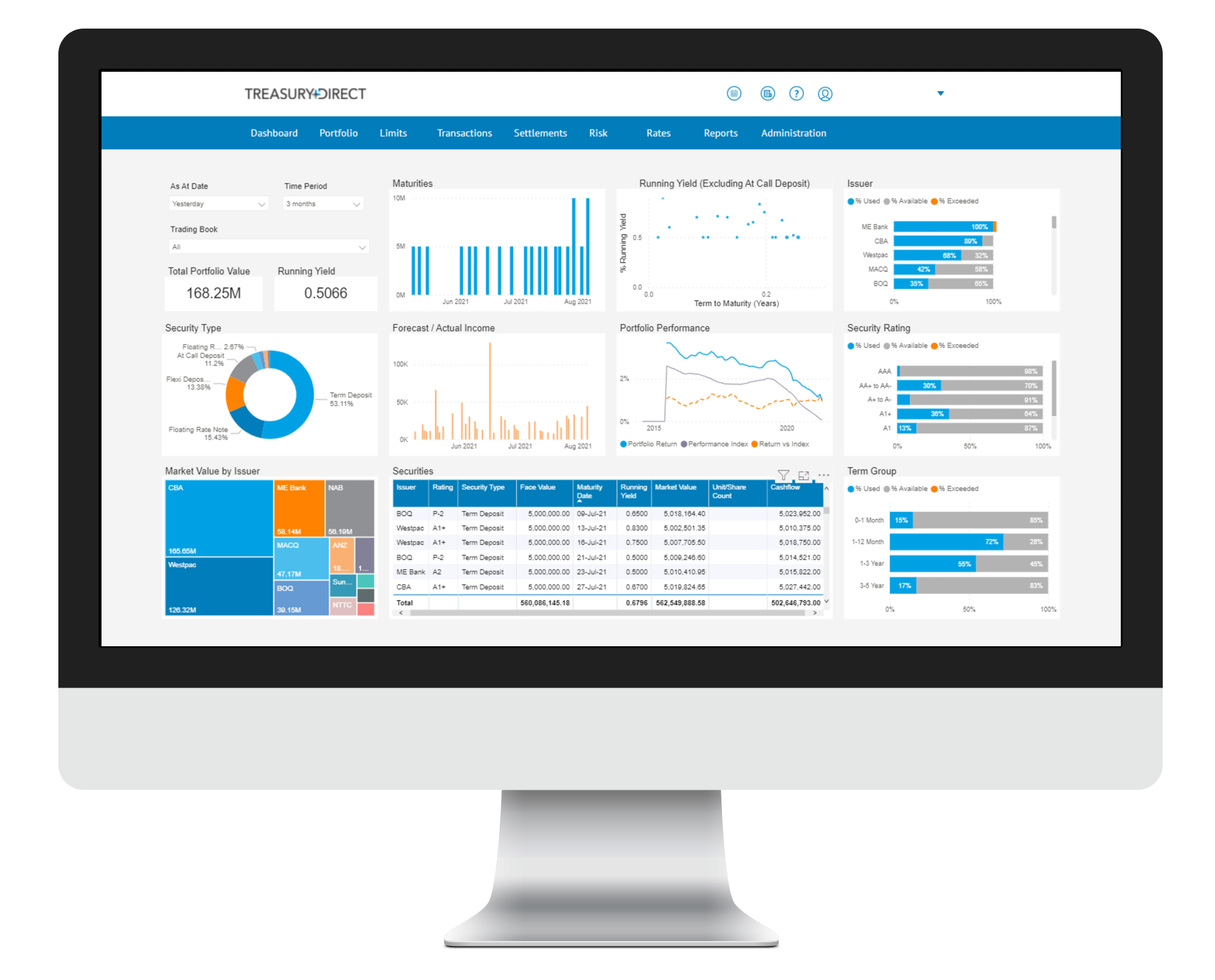Markets Overview
- ASX SPI 200 futures up 0.2% to 8,620.00
- Dow Average little changed at 42,865.77
- Aussie down 0.3% to 0.6502 per US$
- US 10-year yield fell 5.0bps to 4.4203%
- Australia 3-year bond yield rose 5.2 bps to 3.40%
- Australia 10-year bond yield rose 3.4 bps to 4.28%
- Gold spot up 1.0% to $3,355.58
- Brent futures up 4.5% to $69.90/bbl
Economic Events
- 10:30: (AU) Australia to Sell A$1 Billion 119-Day Bills
- 10:30: (AU) Australia to Sell A$2 Billion 70-Day Bills
- 11:00: (AU) June Consumer Inflation Expectation, prior 4.1%
- 17:20: (AU) RBA’s Jacobs-Speech
US equity-index futures dipped along with the dollar after President Donald Trump said he will set unilateral tariff rates within two weeks. Oil jumped on tensions in the Middle East.
Contracts for the S&P 500 and the Nasdaq 100 fell 0.2% after Trump said he will send letters to countries setting tariff rates within the next two weeks. The dollar weakened against its peers. Earlier, Trump had said a trade framework with China has been completed, with Beijing supplying rare earths and magnets “UP FRONT” and the US allowing Chinese students into its colleges and universities.
Crude oil extended its biggest daily gain since October after the US ordered some staff to depart its embassy in Baghdad and allowed military service members’ families to leave the Middle East amid rising security risks. West Texas Intermediate rose as much as 1.7% to $69.29 after jumping 4.9% on Wednesday.
Asian equity-index futures held to muted moves early Thursday after the S&P 500 fell 0.3% Wednesday and the Nasdaq 100 dropped 0.4% as big tech weighed on US benchmarks. Softer-than-expected US inflation supported the case for Federal Reserve rate cuts, spurring Treasuries higher.
US core inflation rose in May by less than forecast, suggesting companies are largely holding back on passing higher tariff costs through to consumers.
The string of below-forecast inflation readings adds to evidence that consumers have yet to feel the pinch of tariffs — perhaps because the most punitive levies have temporarily been on pause, or thanks to companies so far absorbing the extra costs or boosting inventory. However, if higher levies set in, shielding consumers from those costs will become more difficult.
“It’s far too early to call tariffs an inflation non-event,” said Ronald Temple at Lazard. “Ultimately, companies will have to swallow some combination of price increases to pay for higher tariffs, cost cuts to offset increased import costs, and/or lower profit margins. I don’t see evidence in this early report of widespread price increases, but I do expect higher inflation this year as firms react to the tariffs.”
To Bret Kenwell at eToro, while the latest inflation report didn’t come in hot, the consumer price index hasn’t made a lot of progress lately. Looking forward, investors should pay close attention to the Fed next week, he said.
“So far, Chair Jerome Powell has walked a tightrope when it comes to monetary policy,” Kenwell noted. “While Powell doesn’t give many clues on future Fed decisions, and does a good job not to tip his hand, investors crave certainty and will be looking for some answers during next week’s Fed press conference.”
Money markets projected about two Fed reductions by the end of 2025 as traders boosted bets on a September cut to around 75%.

